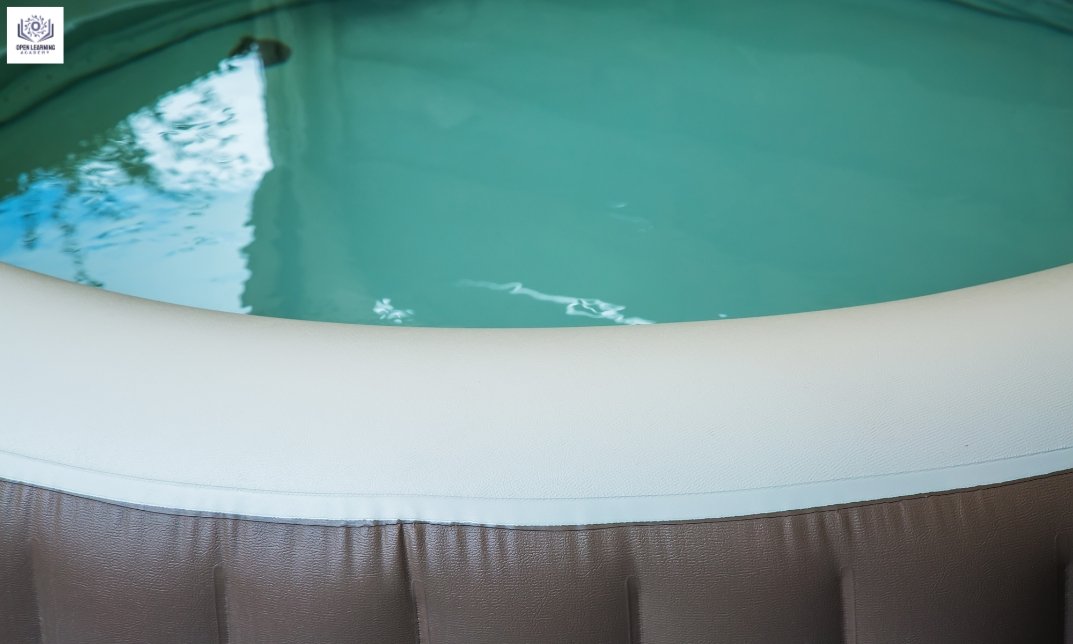No products in the cart.
Massage therapy isn’t just about giving a relaxing rubdown—it’s a powerful way to help people feel better, both physically and mentally. If you’re drawn to the idea of improving others’ well-being, becoming a massage therapist could be a fulfilling career path. But it’s more than just knowing how to massage; it’s about learning the right techniques, gaining essential knowledge, and having a plan to get started. So, how do you become a massage therapist? Let’s break it down step by step.
What Does a Massage Therapist Do?
A massage therapist helps people feel better by using different techniques to relax muscles and reduce pain. For example, they use methods like pressing, rubbing, and stretching muscles to ease tension. Massage therapists can work in places like spas, hospitals, and sports centres or even run their businesses.
In addition to giving massages, they also talk to clients to understand what they need and suggest how to take care of themselves after the massage. Therefore, the job involves both physical work and listening to clients. Furthermore, it requires good communication and the ability to adjust treatments for each person.

How Do I Become a Massage Therapist?
Becoming a massage therapist involves completing specific steps. Each stage equips you with the knowledge and skills needed to succeed. Let’s take a closer look:
Complete a Massage Therapy Training Program
The first step would be to enrol in a professional course of massage therapy. Kinesiology, anatomy, physiology, and other courses concerning the technique of massage form part of the curriculum. Note that courses should be authorised.
Most programs combine theory and practical sessions. This means you should learn about the human body and how to apply these massage techniques safely. Many schools have specialisations, too, that will take your studies in a needed direction: prenatal care and sports massage. You can tailor your learning experience to meet your interests and career goals.
Gain Hands-On Experience
Get some real-world experience after completing your course. Hands-on practice working with actual clients under supervision is a common component of training programs. As a result, you gain self-assurance and develop your abilities.
You can begin working at establishments like a spa, clinic, or wellness centre as soon as you are qualified. Besides that, these positions enable you to try a wide variety of techniques to work with different clients as well. On the other hand, some therapists become private; they are working for themselves, building a caseload, and handling scheduling appointments.
Obtain Licensure by Passing Exams
Most locations have licenses to practice as a massage therapist; an application is usually required, along with both written and practical examinations on knowledge regarding massage modalities, anatomy, and ethics.
So, the license enables you to work safely with clients, and it works within professional standards. Besides, you can improve your credibility in the UK by entering into any professional body that may exist, such as CNHC.
Pursue Further Specialised Certifications
Seeking advanced qualifications could help you stand out in this cutthroat industry. You can specialise in sports massage, deep tissue therapy, or reflexology using them. Specialisations increase your professional prospects while also enhancing your skill set.
Advanced training also makes it easier to meet the demands of certain clients. Learning lymphatic drainage techniques, for instance, may help patients recuperate from disease or surgery. Additionally, becoming an expert in these fields might increase your appeal to clients or employers.
Ensure Your License Remains Valid
It’s necessary to fulfil continuing education requirements in order to keep your license current. This guarantees that you remain current with the newest methods and industry norms. Regular learning also guarantees that your services continue to be relevant to the needs of your clients while also keeping your abilities sharp. Additionally, keeping up with emerging techniques and trends might make you stand out in a crowded industry.

Career Options and Work Settings
Massage therapists can work in many different environments. Here are some common options:
- Spas and Wellness Centres: Spas focus on relaxation and pampering. Thus, working in this setting allows you to provide calming and stress-relieving treatments.
- Healthcare Facilities: Some massage therapists work alongside physiotherapists or chiropractors. In these roles, you’ll focus more on pain relief and recovery treatments.
- Sports Teams: Sports massage therapists work with athletes to improve performance and prevent injuries. Additionally, they help with recovery after training or competition.
- Private Practice: Starting your own business offers independence. However, it also requires marketing your services and managing your schedule.
Massage Techniques You Can Specialise In
Massage therapy offers various specialisations. By focusing on a specific technique, you can attract a particular type of client. Here are a few popular options:
- Swedish Massage: A gentle technique focused on relaxation and stress relief.
- Deep Tissue Massage: Targets deeper layers of muscle to relieve chronic pain.
- Sports Massage: Helps athletes prepare for and recover from physical activity.
- Prenatal Massage: Tailored to the needs of pregnant clients.
- Reflexology: Involves applying pressure to specific points on the feet, hands, or ears.
- Lymphatic Drainage Massage: Promotes circulation and helps remove toxins from the body.
Key Skills Needed to Become a Massage Therapist
A successful massage therapist needs a mix of technical and interpersonal skills. Here are the key abilities required:
- Communication Skills: You must understand your client’s needs and explain treatment plans clearly. In addition, good communication builds trust and ensures effective care.
- Physical Stamina: Performing massages can be physically demanding. Therefore, maintaining good health and fitness is essential.
- Empathy: Clients often seek massage therapy for stress or pain relief. So, by showing understanding and care, you create a positive experience.
- Attention to Detail: Observing subtle cues, like muscle tension, helps you adapt your techniques to each client. As a result, you can provide more personalised care.
- Organisation Skills: Whether you work independently or in a team, staying organised ensures smooth operations and client satisfaction. Moreover, it helps in managing appointments and client records efficiently.
Conclusion
Becoming a massage therapist is a rewarding career that combines physical skills with helping others. By completing a recognised course, gaining hands-on experience, and getting licensed, you can enter this growing field. Moreover, pursuing advanced certifications and keeping your skills up to date helps ensure long-term success.
Whether you work in a spa, clinic, or private practice, this career offers flexibility, good earning potential, and the chance to make a positive difference in people’s lives. In addition, it provides the opportunity to work in a variety of settings, depending on your interests. So, if you’ve been wondering, “How do I become a massage therapist?” now you know the steps. Start your journey today and take the first step toward a fulfilling career.
Ready to start a rewarding career in massage therapy? Enrol in our Massage Therapy Course and gain the skills, hands-on experience, and certification you need to succeed. Start today and turn your passion into a fulfilling profession!




